Since my childhood, I have hardly associated myself with Western music. It felt far from my immediate environment in some way or the other. I learned Indian Classical, sang Assamese and other Indian folk songs, and loved listening to Indian film music. I loved listening to the jazzy Old 1950s Bollywood songs. I knew I had a penchant for jazz, blues, and reggae. I knew about the African-American origin of Jazz. But I never had time and scope to dig deeper into the genre.
The exhibition was set up at the India International Centre, New Delhi.
However, many years later, working for the Archive and Research Center for Ethnomusicology (ARCE), life permitted me to dig deeper officially. Celebrating International Jazz Day, ARCE set up an exhibition in the India International Centre in the capital from the 1st of May to the 10th. The exhibition was called “From New Orleans to Bombay: The Journey of Jazz in India from the 1930s to the Early 2000s,” and it came down from two Collections in the Archive: the Taj Mahal Foxtrot Collection by Naresh Fernandes and the Jazz Yatra Collection by Niranjan Jhaveri.
As the name suggests, the exhibition traces the genre's history, with Jazz musicians traveling from New Orleans in the U.S. to the Indian subcontinent. It traces through different nodes in this map: the early pioneering African American musicians, Jazz’s entry into Bollywood, Women in Jazz, and Jazz yatras – Indo-African-American-Music Festivals (from 1978 to 2003). The last node is significant as it is partially the raison d'être for the exhibition and constitutes most objects.
While sitting at the exhibition, I had a gala time listening to music I had never heard before. It was enlightening to read about musicians I knew little about. I loved imagining Park Street of Calcutta, Churchgate in Bombay, and Connaught Place in Delhi from the 1940s abound with the sound of saxophone and trumpet! I swayed to the music of Rudy Cotton and Chic Chocolate. I was not quite impressed with the fusion by Ravi Shankar called Jazzmine! But I liked the collaboration between Carnatic Vocalist Rama Mani, Braz Gonsalves, and Louis Banks in the Jazz Yatra Sextet 1980. It is evident that with jazz, musicians were creating fusions way before the term ‘fusion’ came into fashion in the Indian music scene.
A poster from Jazz Yatra 1980
Illustration of Louis Banks and Braz Gonsalves performing by cartoonist Mario Miranda
We exhibited the illustrations by Goan cartoonist Mario Miranda, who sketched the musicians from the Jazz Yatra performances in lieu of tickets.
Do you know who the Godfather of Indian Jazz is? Louis Banks! Did you also know that his birth name is Dambar Bahadur Budaprithi, and he is the son of a Nepalese trumpeter, George Banks, who named him after his favorite musician, Louis Armstrong?
Some of my favorite moments during the exhibition were spent with the tracks of Teddy Weatherford, pianist and one of the pioneering early 20th-century jazz musicians who brought jazz to India.
Born in New Orleans, he learned the jazz piano and traveled the world with accomplished bands such as Crickett Smith and Louis Armstrong. Once he was in the Indian subcontinent, he played in Bombay clubs and spent the last years of his life playing in Calcutta. Apparently, he did not want to go back because, in comparison to the harsh racism of the US, he felt more welcomed in India. It is heartwarming to learn that on his death, there was a procession of 40000 mourners in the streets of Calcutta! Such music histories that I was unaware of!
Chic Chocolate. Image Source: Taj Mahal Foxtrot, Naresh Fernandes
If you grew up in the 90s, like me, listening to the radio, I am sure you have swung to popular Bollywood songs like Shola Jo Bhadke and Gore Gore O Banke Chore. The credit for the jazz swing1 in these songs is given to composer C. Ramachandra. But only some know that it was the jazz musician in his team, Chic Chocolate, who adeptly brought the swing in his music.
Chic Chocolate was a Goa-born trumpeter, originally Antonio Xavier Vaz, and was one of the best-known Jazz musicians Bollywood had in the 1950s. He would be busy playing in the studio during the day and in the clubs by the night.
Chic Chocolate was immensely influenced by Louis Armstrong, so much so that he molded his musical persona to be like Armstrong, emulating the playing style and even using white hankies just like his role model did.
I have known and appreciated Classical vocalist Shobha Gurtu’s music for a long time, but I did not know about Trilok Gurtu, her son. Trained in tabla, Guru presented his ensemble in the Jazz yatra, which consists of percussion instruments from traditions of Indian music and beyond. While looking up more on him, I was fascinated by this relatively recent clip of him from 2016. In the ensemble, one can see a steel bucket filled with water becoming a medium of sound for Gurtu.
This sight reminded me of experimentalist John Cage’s “Water Walk” from 1960, where he used objects ranging from a bathtub and blender to a watering can and tape recorder. I love that man for his notoriety! But I digress and shall get back to John Cage in some other piece.
Lucila Pacheco
I have kept the best to the last.
I loved learning about and hearing about Lucila Pacecho. Born in Goa, Lucila Pacheco was one of the first women jazz musicians to make it into the predominantly men’s world of jazz in the 1940s. Lucilla Pacecho became an accomplished pianist and saxophone player and sang for many Bollywood film music.
At Mehboob Studio, Bandra, in 1958. Image Source: Taj Mahal Foxtrot, Naresh Fernandes
In the mid-60s, Pacheco caused a sensation in the studios by becoming the first player of an electronic keyboard instrument called the Solovox. In the evergreen song Pyaar kiya toh darna kya, just before Lata Mangeshkar enters with the immortal lines, two seconds of music piece are played in the Solovox. Music lovers need not be told how integral those two seconds of prelude are in public memory. Lucila Pacheco played that part. Whether or not she got any or enough credit is yet to be answered!
Precisely at 0.42 in the timeline in this link, you can hear the Solovox Bit.
This is it for this piece!
If you are interested and are a researcher of jazz or related music, visit the Archive and Research Center for Ethnomusicology in Gurgaon.
As for me, I am listening yet again to all the Hindi film songs I have loved all my life, but this time with my ears open for the swing and bebop2! I may return soon with a more detailed write-up on the subject.
Swing as a subgenre of jazz began in the 1920s and reigned during the 1940s. Because of its predictable rhythmic structure, it was more suited for dance music and had more popular appeal.
Bebop is a divergence from the swing subgenre. It began in the 1940s and continued through the 1950s. Bebop style was complex, rhythms were broken and disrupted, improvisations ruled, and structures were unpredictable.




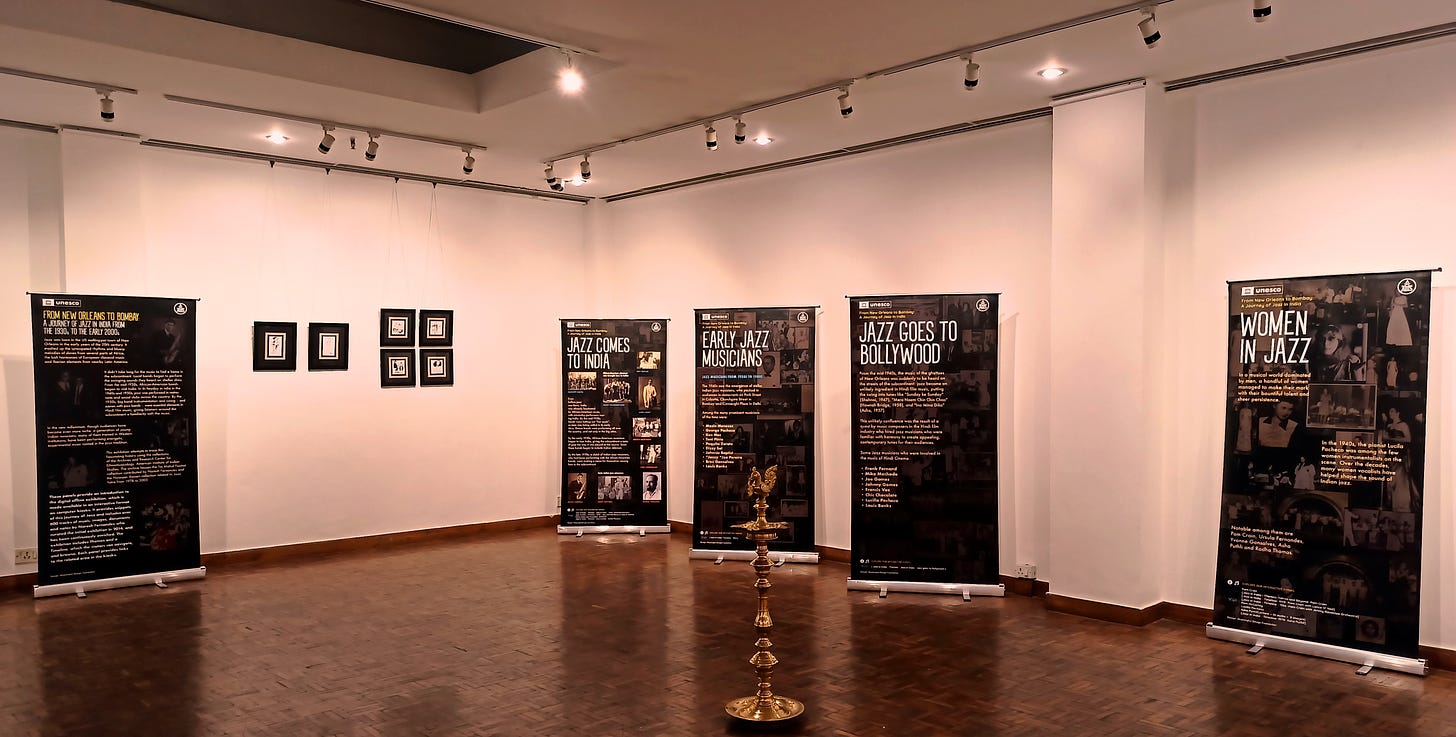
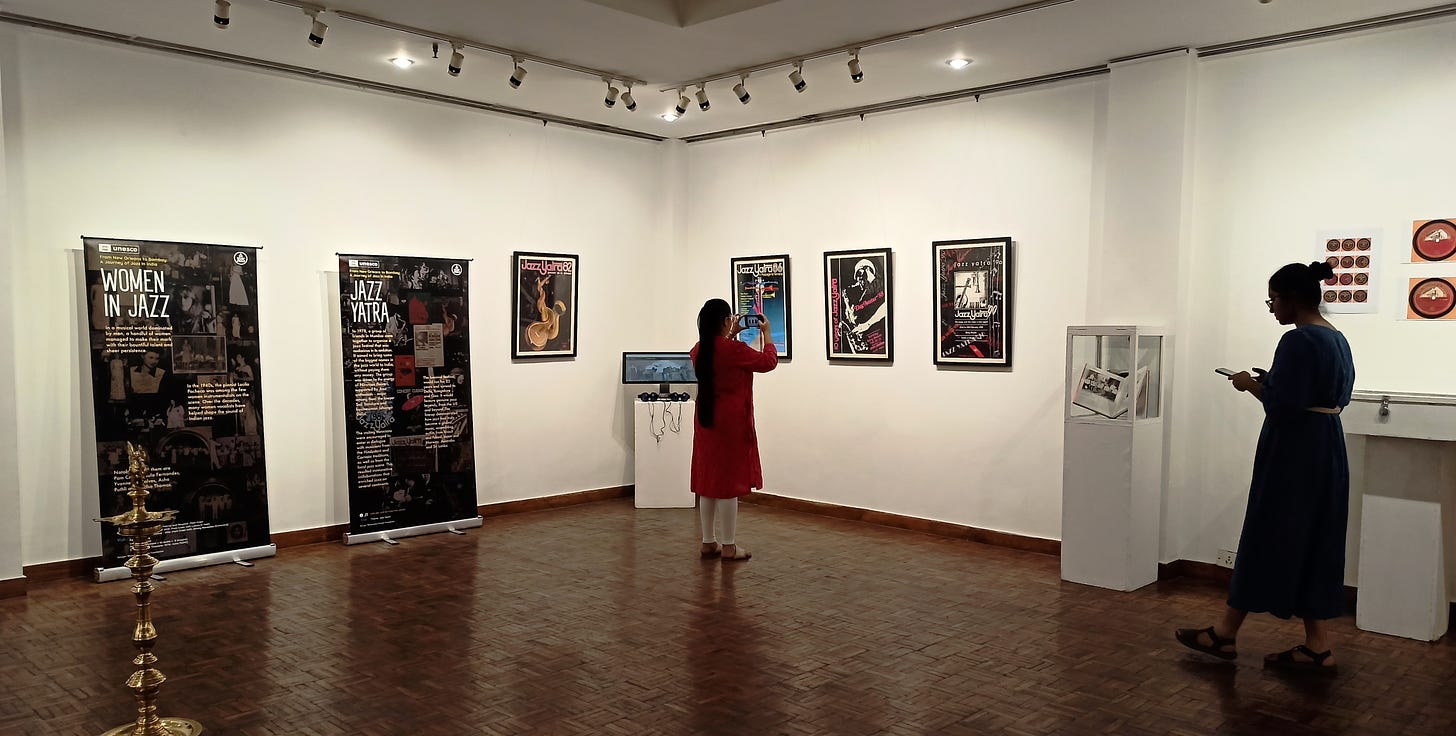
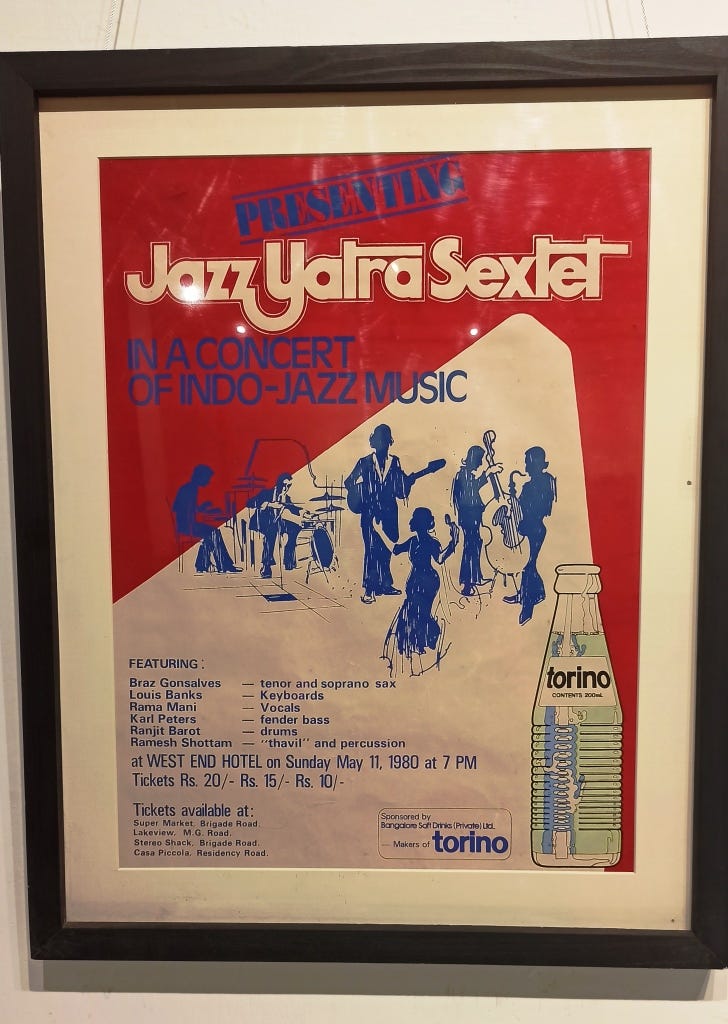
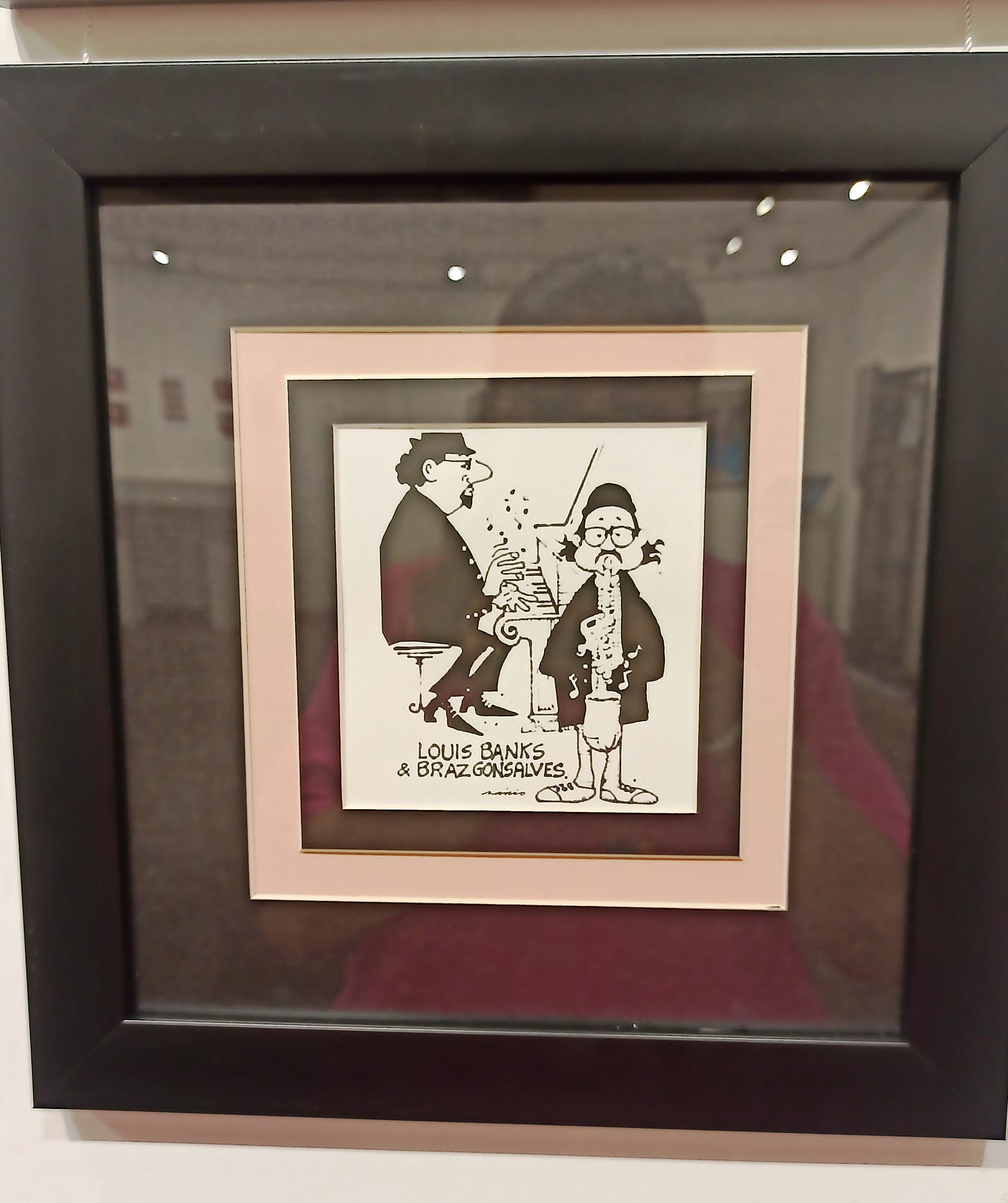
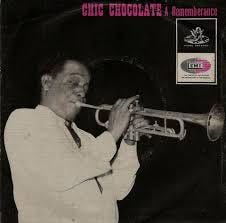
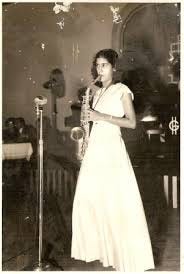
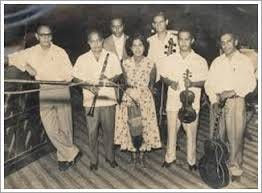
Straight forward, neat and racy writing. Liked it.